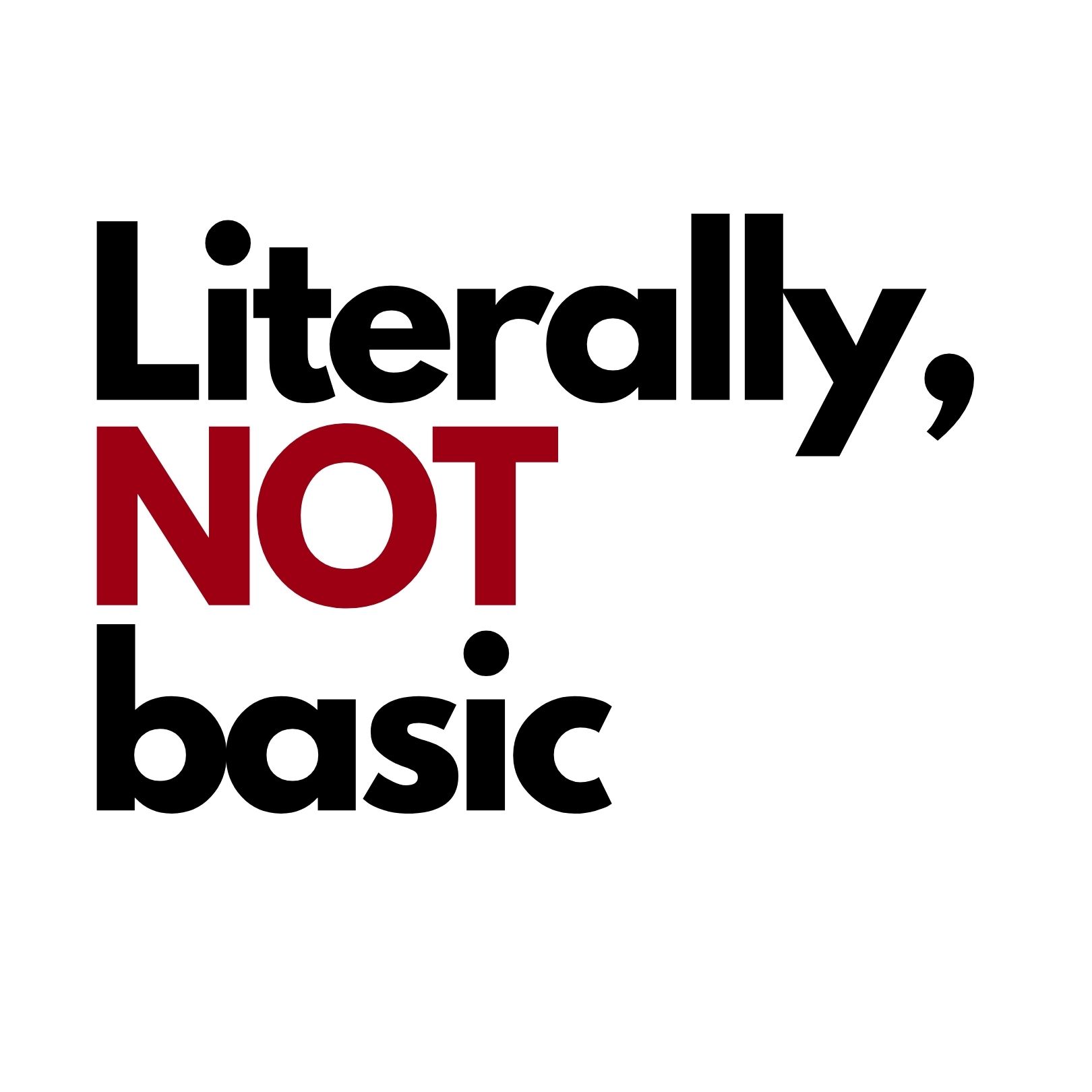The influencer landscape has undergone a significant transformation over the last decade. Although the classic image of influencers showcasing perfect selfies during lavish, brand-sponsored adventures still holds sway, the actual dynamics of the industry have evolved considerably. Today’s influencers no longer simply focus on collecting followers; they actively engage in a myriad of innovative tactics such as hosting live shoppable streams, crafting newsletters on platforms like Substack, and participating in direct, intimate group chats with their audiences. Their objectives now extend beyond building a fan base and waiting for brands to reach out; they strive to create multiple streams of income through affiliate marketing, sponsorship deals, and subscription-based revenue models.
“Influencers and creators have realised that they need to diversify their presence across different platforms. They must connect with their followers in various ways to nurture a more profound relationship,” explains Diana Pearl, senior news and features editor. “Even just five years ago, many dismissed this industry, not recognising the potential influence these creators could wield for brands. Today, it is clear that this influence cannot be ignored.”
- In the ever-evolving digital landscape, influencers and content creators are moving away from relying on a single platform for their success. Diversifying their presence across various channels like Instagram and Substack is crucial. Pearl emphasizes the importance of diversification, stating that it’s essential not to depend excessively on any one source, whether it be the Instagram algorithm, affiliate links, or brand partnerships.
- While macro-influencers may boast a wider reach, smaller influencers frequently cultivate a more engaged and dedicated follower base. Pearl notes, “Once you reach a size of millions of followers, cultivating a personal connection with 5 million fans becomes virtually impossible compared to managing 100,000 followers.”
- The competition between influencer marketing platforms LTK and ShopMy illustrates a significant shift in the landscape. ShopMy is empowering influencers by providing them greater control and transparency. Pearl elucidates that while LTK promotes content centralization within its app, ShopMy enables influencers to disseminate their content broadly across platforms. Influencers view their role as understanding their audience and producing authentic content, rather than merely adhering to rigid, traditional advertising briefs.
- The industry is gradually becoming more nuanced, with clear distinctions emerging between influencers and creators. Creators are focused on producing unique and engaging content, whereas influencers are instrumental in driving sales and influencing purchasing behavior. In this evolving landscape, the essence of influence remains an invaluable asset, transferable across various platforms, including Instagram, TikTok, or Substack. Pearl succinctly states, “At the end of the day, the most valuable commodity in this business is influence.”
- By comprehensively understanding their goals and collaborating with the right partners, brands can enhance the effectiveness of their influencer campaigns and forge stronger connections with their target audiences. Pearl emphasizes the need for brands to be strategic: “They should clarify their goals, identify the appropriate influencer who can best meet those objectives, and pursue the best-suited partnership accordingly.”
Additional Resources
- The Widening Gap Between Influencers and Creators. These two terms are often used interchangeably to describe individuals earning a living by sharing content online, but conflating them may overlook the critical role of influence in achieving success within the industry.
- The Fight for Influencer Marketing Dollars Heats Up. ShopMy, an up-and-coming influencer monetization platform, has attracted over 50,000 creators, challenging the long-dominant LTK. Recent tensions escalated when LTK took legal action against ShopMy for false advertising.
- What’s Driving the Influencer Subscription Boom. As social media audiences become increasingly indifferent to traditional advertisements, many content creators are placing their content behind paywalls, aiming to forge deeper connections with their followers while generating additional revenue.






